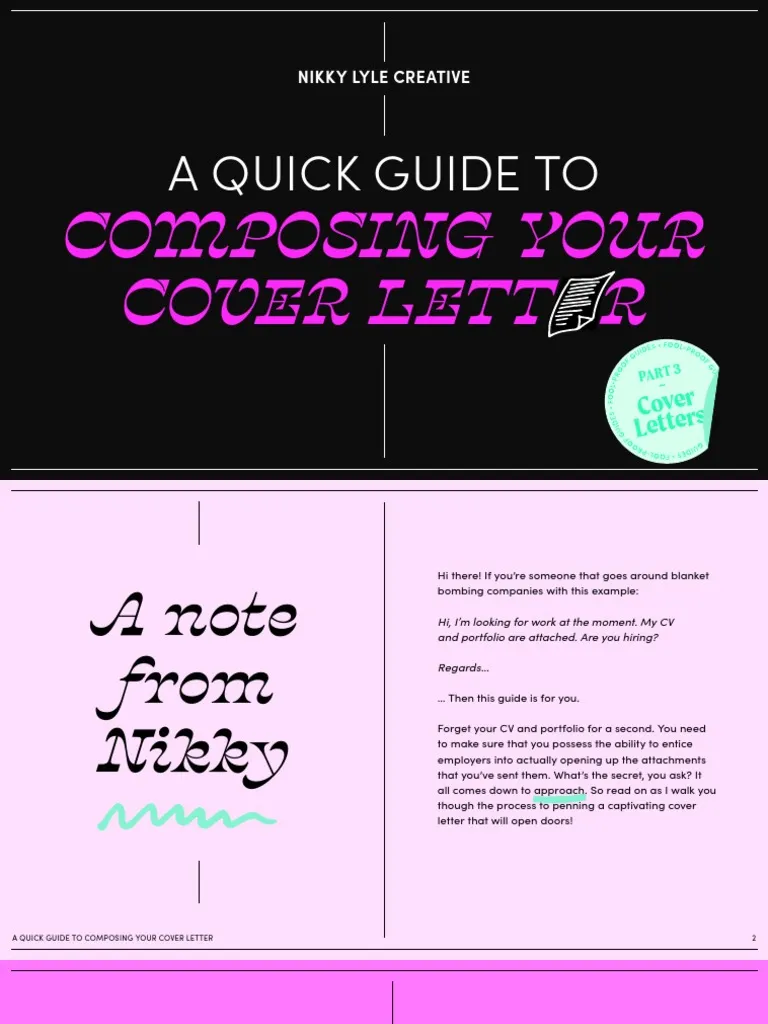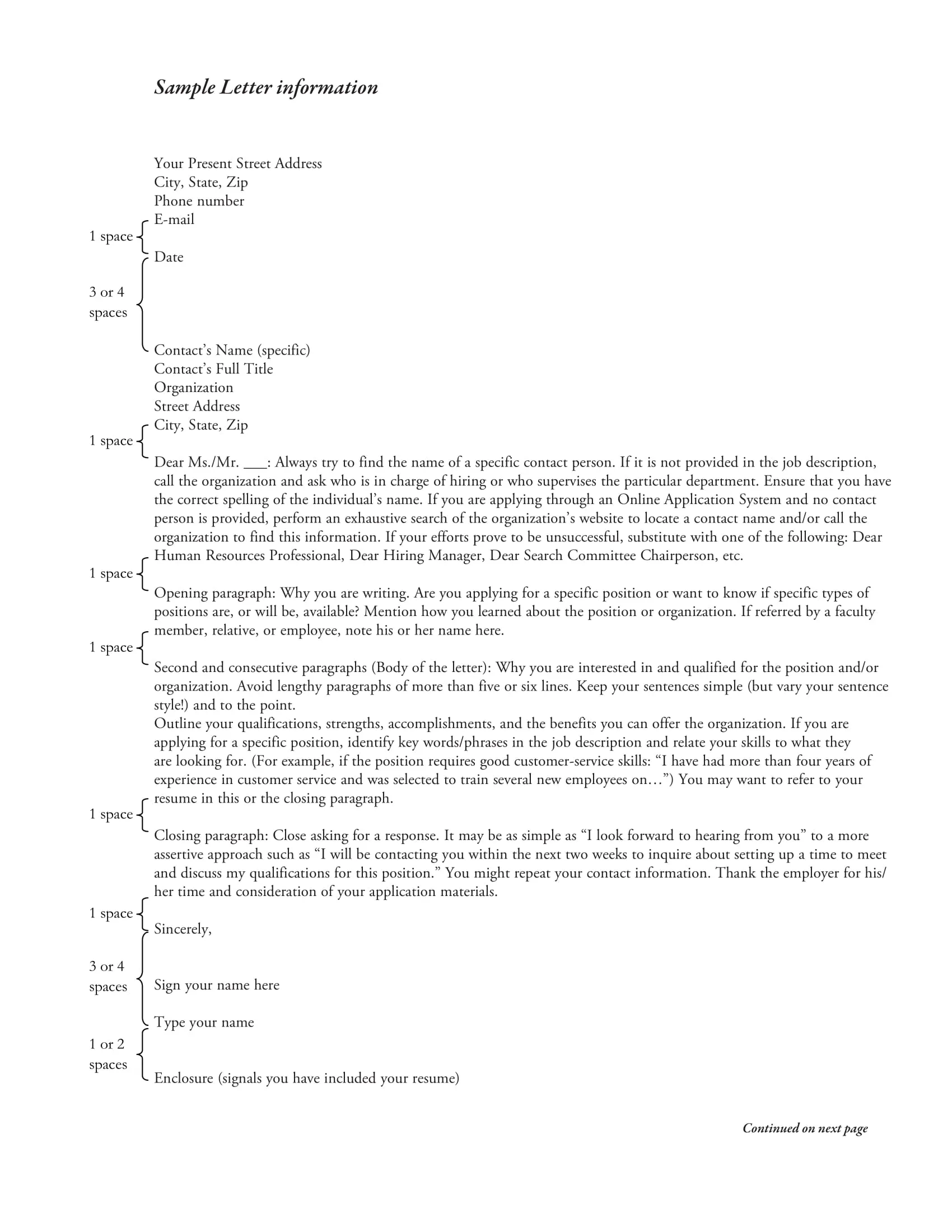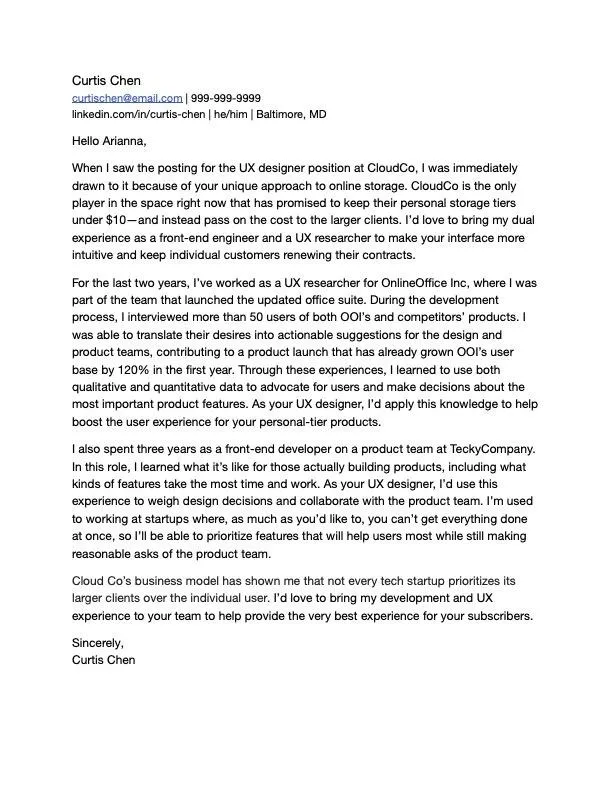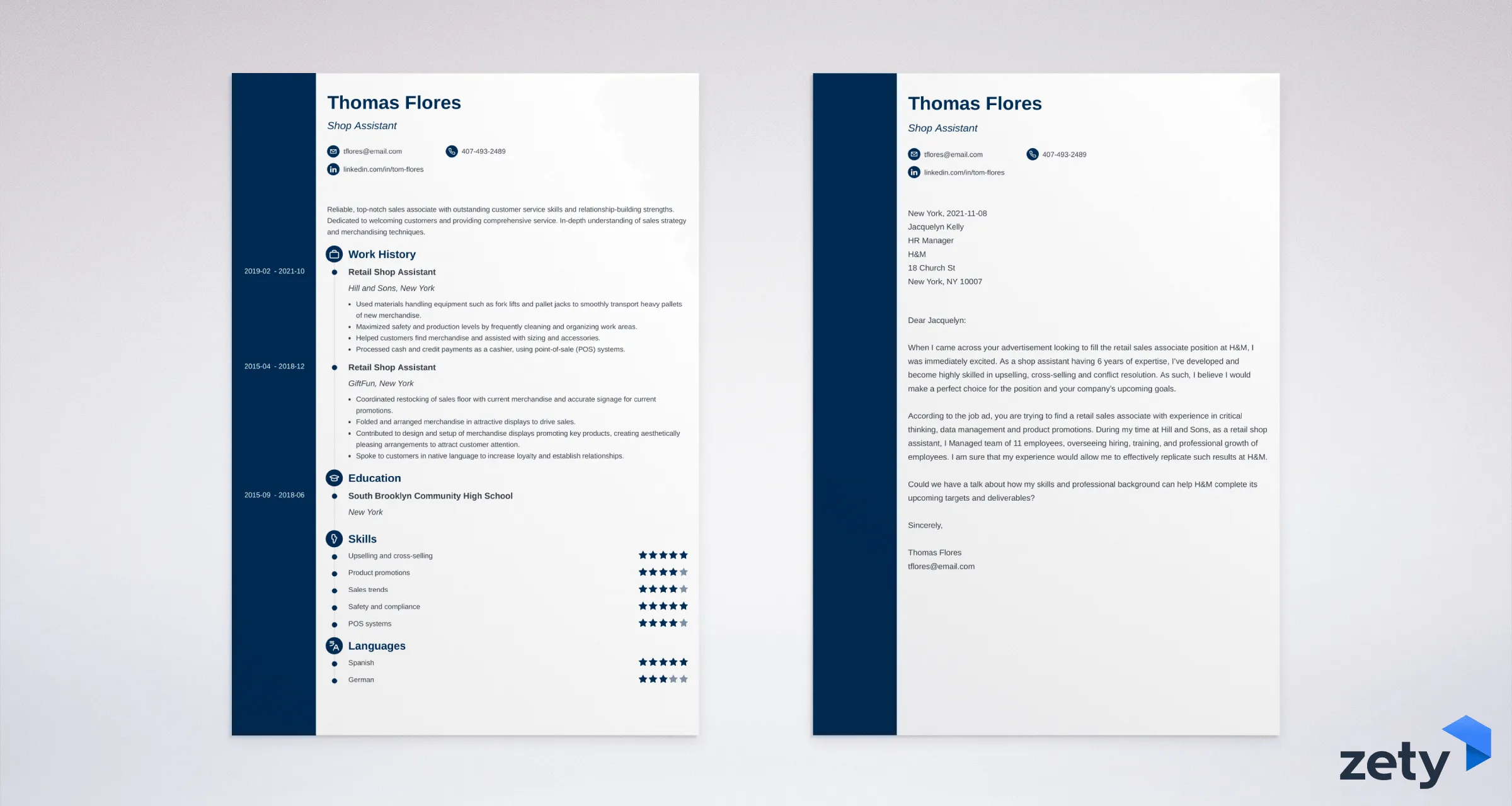What is a Cover Letter?
A cover letter is a crucial document accompanying your resume when applying for a job. It serves as your introduction to a potential employer, providing a concise overview of your qualifications, skills, and experiences. Unlike a resume, which is a factual summary, a cover letter allows you to showcase your personality, express your enthusiasm for the role, and explain why you are a suitable candidate. Think of it as your opportunity to make a compelling first impression and persuade the hiring manager to delve deeper into your resume. Cover letters are essential in today’s competitive job market, as they help you stand out from other applicants and demonstrate your genuine interest in the position.
Why Cover Letters Matter
In a job search, cover letters are important. They provide context to your resume and enable you to tailor your application to a specific job description. A well-written cover letter demonstrates your understanding of the company, the role, and the industry. It highlights your relevant skills and experiences while expressing your passion for the opportunity. Many employers see cover letters as essential tools to assess a candidate’s communication skills, attention to detail, and overall fit for the company culture. When properly written, a cover letter significantly increases your chances of securing an interview and ultimately landing the job.
Cover Letter’s Goal

The primary goal of a cover letter is to get you an interview. It does this by quickly and effectively communicating your value proposition to the hiring manager. Your cover letter must highlight key achievements and skills relevant to the job, clearly showing how you can contribute to the company’s success. It also needs to demonstrate your genuine interest in the specific role and organization. A successful cover letter will persuade the reader that you’re not just qualified but also a great fit for the company. By achieving these objectives, your cover letter effectively sets the stage for the next step in the hiring process, which is an interview.
Cover Letter Structure
A well-structured cover letter is essential for making a positive impression. Typically, it follows a standard format consisting of an introduction, a body, and a conclusion. The introduction should capture the reader’s attention, state the position you’re applying for, and briefly explain why you’re a great fit. The body should highlight your relevant skills and experience, providing specific examples to demonstrate your accomplishments. The conclusion should reiterate your interest in the position and include a call to action, such as requesting an interview. Maintaining a clear, concise structure ensures your message is easy to understand and keeps the reader engaged throughout the letter. The structure allows you to deliver your message professionally.
First Paragraph
The first paragraph of your cover letter is your opening statement, and its purpose is to hook the reader and establish your intention. Start by clearly stating the position you’re applying for and where you found the job posting. Then, briefly express your enthusiasm for the opportunity and the company. To grab attention, consider mentioning something specific that attracted you to the role or the organization, such as a project they are working on or a company value that resonates with you. Avoid generic opening statements; instead, personalize the introduction to show you’ve done your research and that you are genuinely interested in the role. This initial paragraph sets the tone for the rest of your letter and motivates the hiring manager to keep reading.
Highlight Your Skills and Experiences (Middle Paragraphs)

The middle paragraphs are where you showcase your skills and experience. These paragraphs should be the core of your cover letter. Choose 2-3 of your most relevant skills and experiences that match the job requirements. Use specific examples to demonstrate how you’ve applied these skills in the past and the positive results you achieved. Back up your claims with quantifiable results whenever possible. For each skill or experience, write a concise paragraph explaining how it relates to the job and why you’re a good fit. This section needs to show the hiring manager why you are a good fit for the role and how your skills align with their needs. This section needs to persuade the reader that you have what it takes to excel in the position.
Tailoring Your Letter
Tailoring your cover letter to each specific job application is critical. Generic cover letters are easy to spot and often get rejected. Start by carefully reviewing the job description, identifying the key skills, experiences, and qualifications the employer is seeking. Customize your cover letter to directly address these requirements. Use the same keywords and phrases from the job description when describing your skills and experiences. Demonstrate your understanding of the company’s needs and explain how your background aligns with the role’s responsibilities. Tailoring your cover letter shows the employer that you’ve taken the time to understand the position and are genuinely interested, increasing your chances of getting an interview.
Quantify Your Accomplishments
Whenever possible, quantify your accomplishments to make your cover letter more compelling. Instead of simply stating that you ‘increased sales,’ provide specific numbers, such as ‘increased sales by 15% in six months.’ Quantifying your accomplishments demonstrates the impact you’ve made in previous roles. Include metrics and data to prove your achievements and make them more tangible and persuasive. If you have improved efficiency, include the percentages of time or costs you saved. By using quantifiable data, you provide concrete evidence of your skills and increase your credibility. This approach helps the hiring manager understand the real value you can bring to their organization.
Use Action Verbs

Using strong action verbs is a simple yet effective way to make your cover letter more dynamic and engaging. Action verbs, such as ‘managed,’ ‘developed,’ ‘achieved,’ ‘implemented,’ and ’led,’ bring your accomplishments to life and create a vivid picture of your skills and abilities. When describing your experiences, start each sentence with a powerful action verb to highlight what you did and the results you achieved. Avoid using weak or passive language. Regularly review your cover letter and replace passive phrases with action-oriented verbs to strengthen your writing and make your letter more impactful. This technique ensures your cover letter actively showcases your skills and makes a memorable impression on the reader.
Express Enthusiasm (Closing Paragraph)
Your closing paragraph should express your enthusiasm for the opportunity and reiterate your interest in the role. Reiterate why you’re excited about the position and what you find appealing about the company. Briefly summarize your key qualifications and skills. Show the hiring manager that you are a great candidate. Thank the reader for their time and consideration. This final paragraph is an important opportunity to leave a positive and lasting impression. Close the letter with confidence, and express your genuine interest in the role. It’s your last chance to make a strong impression and motivate the employer to invite you for an interview.
Call to Action
Include a clear call to action in your cover letter’s closing paragraph. A call to action encourages the reader to take the next step in the hiring process. It directly requests an interview. State your availability for an interview and provide your contact information, ensuring the hiring manager can easily reach you. Make sure your call to action is direct and polite. By including a call to action, you make it easier for the employer to move forward with your application. A well-crafted call to action can significantly increase your chances of getting an interview and ultimately securing the job.
Proofread and Edit

Proofreading and editing your cover letter is important. Carefully review your cover letter for any grammatical errors, spelling mistakes, or typos. These mistakes can make your letter look unprofessional and undermine your credibility. Read your letter aloud to check for awkward phrasing or unclear sentences. Ask a friend, family member, or career advisor to review your cover letter for feedback. Ensure your letter flows logically, is well-organized, and is easy to understand. A well-proofread and edited cover letter demonstrates your attention to detail and professionalism. Proofreading is an essential step in the job application process and can make the difference between getting an interview and being rejected.
In conclusion, crafting a compelling cover letter is essential for any job seeker. By following these guidelines, you can create a cover letter that highlights your skills, expresses your enthusiasm, and persuades employers to call you for an interview. Remember to tailor your letter to each job application, quantify your accomplishments, and always proofread carefully. Good luck!
